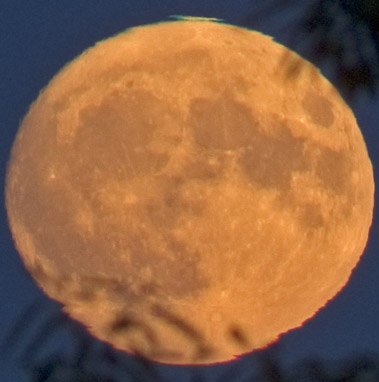 Venus and Jupiter are converging in the western sky. Would you like a call when they meet? Sign up for SpaceWeather PHONE.
Venus and Jupiter are converging in the western sky. Would you like a call when they meet? Sign up for SpaceWeather PHONE.
BEWARE THE MARS HOAX: Believe it or not: On August 27th, Mars will be so close to Earth that it's going to look as big as the full Moon. Not! Contrary to rumor, Mars will look absolutely normal next Saturday. Science@NASA has the full story.
SUNSPOT SURPRISE: Sunspot 798 reminds us why astronauts can never breath easy far from the safety of their habitat or spaceship: The sun can change from quiet to active in a surprisingly short time. On August 18th, sunspot 798 didn't exist. Then, in less than 24 hours, it materialized and grew into a planet-sized behemoth.

Fast-growing sunspot 798, Aug. 18th - 21st. Credit: SOHO.
When sunspots develop at breakneck speed, their magnetic fields can become unstable and explode. Sunspot 798 now poses a threat for M-class solar flares.
LUNAR GREEN FLASH: You've probably heard of green flashes from the sun: Just as the setting sun disappears completely from view, a last glimmer sometimes appears startlingly green. But have you ever heard of a green flash from the Moon? Laurent Laveder of Bretagne, France, photographed one on July 20th:

Look carefully. The entire upper rim of this moon looks green, while the lower rim is red. This happens because our atmosphere acts as a giant lens and prism, splitting the "white moon" into its red, green and blue (RGB) components. The "green moon" hangs higher than the "red moon" by a very small amount--hence the green and red rims. (What happened to the blue rim? Click here.)
"Contrary to what many book and websites say, this effect is far too small to make a green flash," notes atmospheric optics expert Les Cowley. "Somehow that green rim has to be magnified. We need unusual air conditions--e.g., a layer of warm air close to the ground or, just below you, a temperature inversion layer. Light passing between these layers is bent and color separated more strongly, forming the 'inferior mirage' and 'mock mirage' types of green flash. Laveder's is an unusual variant of the latter."

